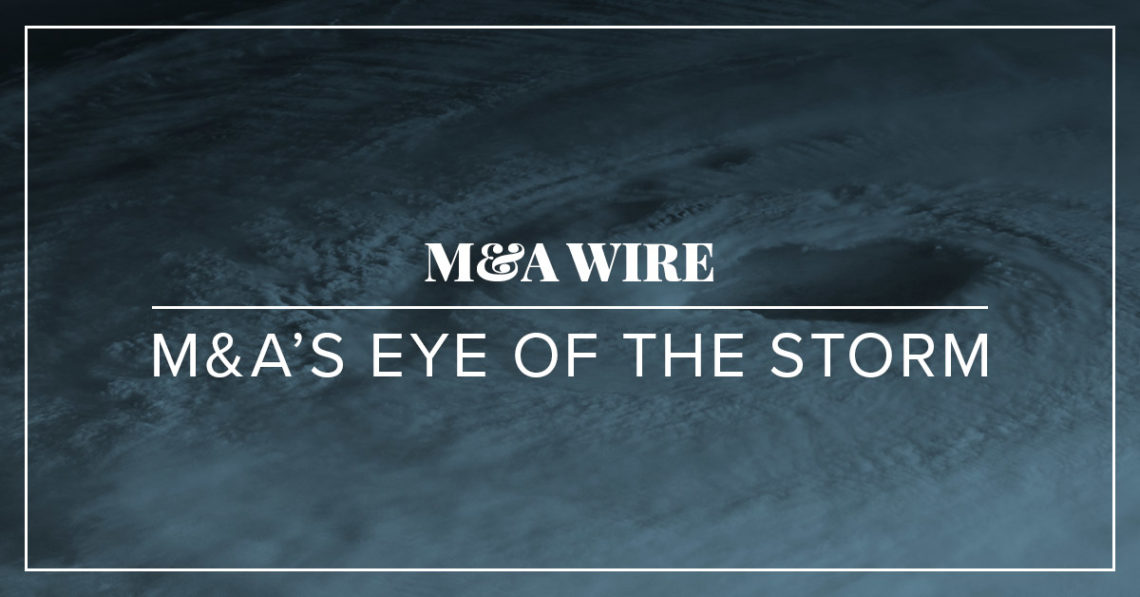Frequently, I hear comments from the business community like “John wants to sell the company, but I can’t convince him to meet with an M&A advisor about it.” Meanwhile from the M&A deal community I might hear after a transaction closes, “buyer demanded concessions as a result of their due diligence findings. It was stressful to get that one across the finish line. It almost didn’t happen.”
Transaction stress is a symptom of a more deeply rooted issue. What is that deeper rooted problem?
Why are so many M&As stressful for professionals that handle these assignments and for the seller and buyer? From personal experience, the stress builds once the letter of intent is executed and peaks in the weeks leading up to the close of a transaction. What I observe is that stress results from: 1) the seller and their team responding to an exhaustive due diligence request list, while 2) simultaneously the seller has to continue to handle day-to-day complexities of running the company, as 3) the transaction team fights for the seller to achieve the cash exit they expect without onerous deal terms post-closing.
Where is the eye of this storm? I would argue that it is in buyer’s due diligence (“DD”) process. For example, we often see sellers having to respond to over 300 questions covering 10 areas of their business. The process is intimidating. DD is intended to identify risks in the seller’s business before the acquisition is consummated, so the buyer can manage those risks effectively. When risks are identified, deal makers have to come up with compromises or creative solutions in reaching terms both buyer and seller can live with.
Here is a problem and a solution. Seller is told, that to prepare well for an exit, they should get their “house in order”, receive a business valuation and hire a great advisory team. Metaphorically, to get your “house in order” means working harder ON your business to prepare in such a way that you can sell when it is performing in peak condition. Yes, the business should be performing well, but well performing businesses can also be operating with various types of risks. Therefore, companies need to be experiencing a period of strong financial performance, and often there is also a need to have de-risked. We believe the M&A advisor could help seller by simulating a DD process well before the actual buyer’s DD. If that DD process can be simulated at the time when seller receives a valuation, well before marketing efforts begin, risks could be identified early, before buyer is in the picture. Then, seller could effectively de-risk their company and be better prepared when buyer sends over their extensive DD request list.
I believe this additional step, rarely performed, could result in greater leverage for seller and less stress for seller’s transaction advisory team. Minimizing risks, likely to be identified by the buyer, simultaneously while the target company performs at a high-level, means deals have better opportunity to close for the seller at strong valuations, with fewer contingency payments. Watermark offers such a service in what we call a M&A Preparation Report. We believe this service can positively influence transactions and those involved in making the transactions happen. Learn more about this service by calling us at 864.527.5960. We would be happy to share more details on the service.


